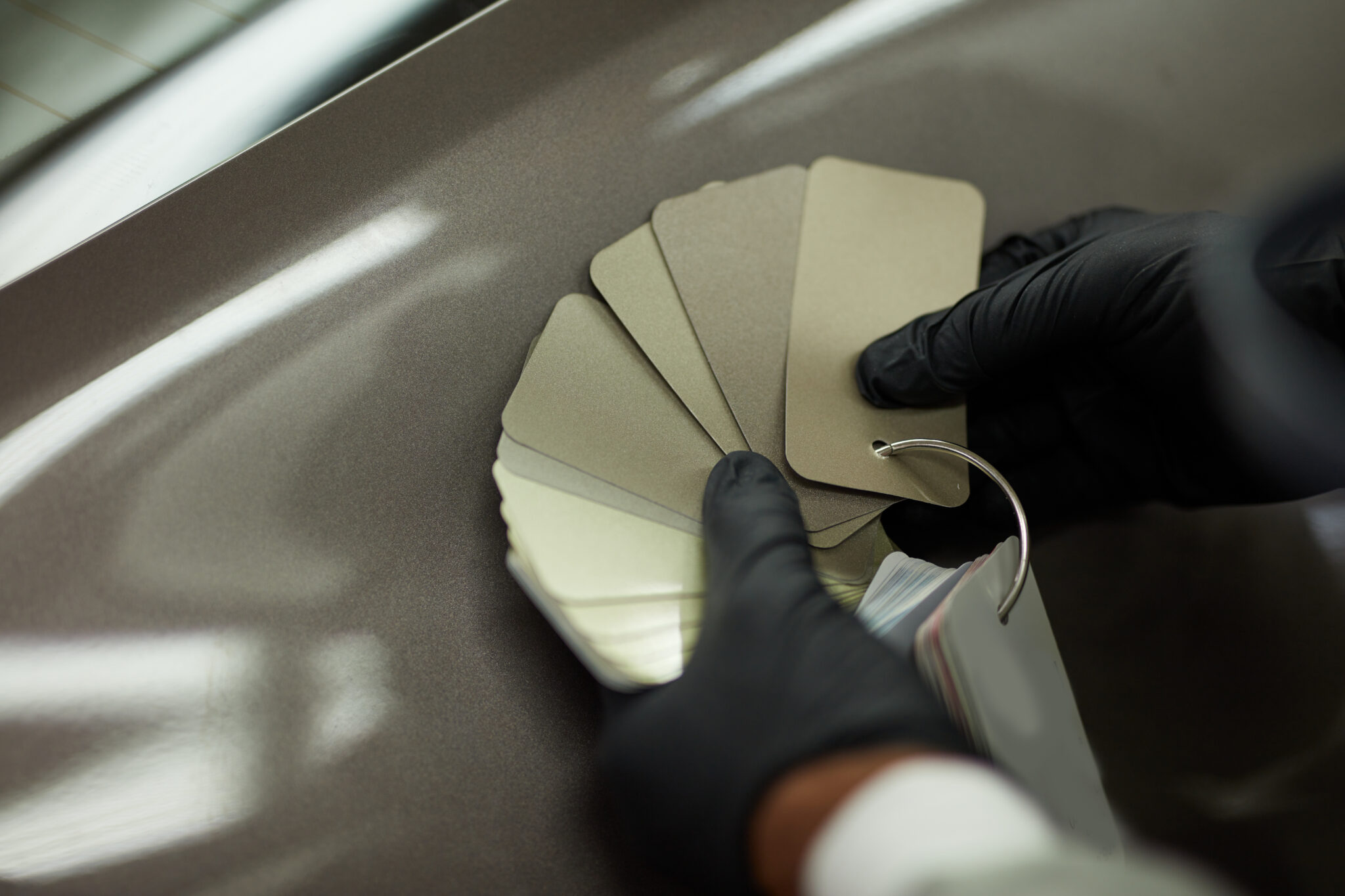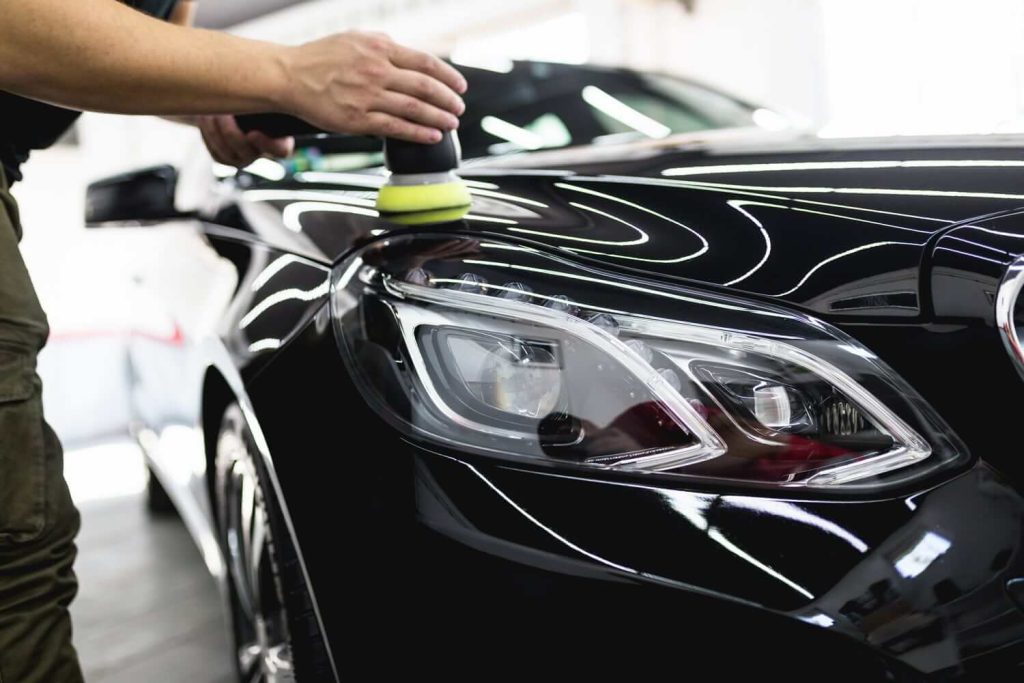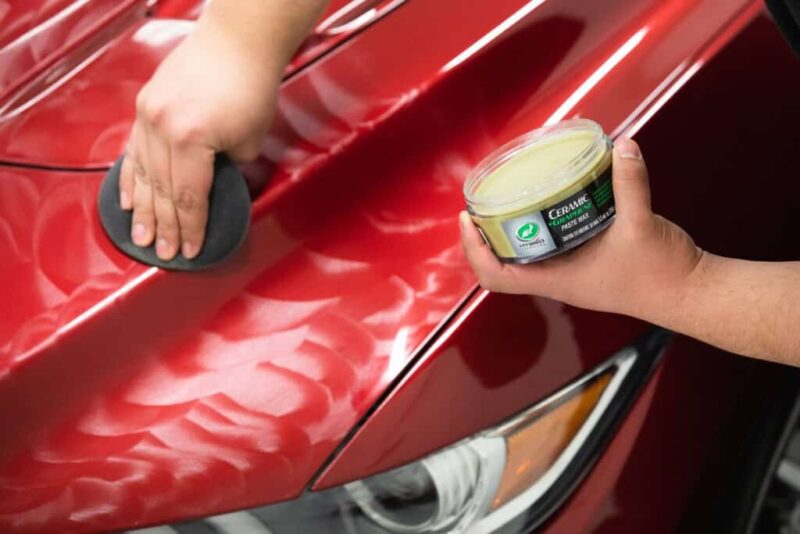Choosing the right car wax for your paint type is essential to maintaining your vehicle’s appearance and protecting its finish. Car wax creates a protective barrier against environmental factors such as UV rays, dirt, and moisture, while also enhancing the shine and depth of your vehicle’s paint.
With various types of car wax available, including natural, synthetic, and hybrid options, it’s important to select the one that best suits your car’s paint and your specific needs.

This guide will help you understand the differences between car wax types and provide recommendations based on your paint type and desired results. By selecting the right car wax, you can keep your vehicle looking its best and extend the life of its paintwork.
Understanding Car Wax Types
Car waxes generally fall into three main categories: natural, synthetic, and hybrid. Natural waxes, such as carnauba wax, are derived from natural sources and are known for their deep, warm shine.
They provide excellent protection but tend to wear off more quickly than synthetic options. Synthetic waxes, made from polymers and other chemical compounds, offer longer lasting protection and are easier to apply.
They provide a high gloss finish and are durable in various weather conditions. Hybrid waxes combine the benefits of both natural and synthetic waxes, offering a balance of shine and longevity. Understanding the differences between these types will help you choose the right wax for your vehicle’s specific needs.
Matching Wax to Your Paint Type
Different paint types have unique characteristics and require specific care. For example, cars with older, single stage paint benefit from natural waxes like carnauba, which enhance the depth and gloss of the paint.
For newer vehicles with clear coat finishes, synthetic waxes are often the best choice, as they provide long lasting protection and a glossy shine.

Hybrid waxes can be suitable for both single stage and clear coat finishes, offering a balance of aesthetics and durability. Additionally, consider your car’s color when selecting a wax.
Darker colors tend to show swirls and imperfections more easily, so a wax with filling properties can help mask these issues. By matching the wax to your paint type, you can ensure optimal results.
Application and Ease of Use
The ease of application is another important factor when selecting car wax. Natural waxes, such as carnauba, often require more effort to apply and buff off, but the results can be worth the extra work.
Synthetic waxes, on the other hand, are generally easier to apply and remove, making them a convenient option for regular use. Some products come in paste form, while others are available as liquid or spray waxes.

Liquid and spray waxes are typically easier to apply, especially for beginners. Consider your comfort level and the time you’re willing to invest in waxing your car when choosing a product. Opting for a user friendly wax can make the process more enjoyable and ensure consistent results.
Durability and Protection
When choosing a car wax, consider the durability and level of protection it offers. Natural waxes like carnauba provide excellent protection but may need to be reapplied more frequently, typically every few months.
Synthetic waxes are known for their long lasting protection, often lasting up to six months or more between applications. Hybrid waxes offer a balance, providing good protection with slightly less frequent application. Evaluate your climate and driving conditions when selecting a wax.
If you live in an area with harsh weather conditions or frequent exposure to road salt and pollutants, a durable synthetic or hybrid wax may be the best option. Choosing a wax with the right level of protection ensures your vehicle’s paint remains in top condition.
Enhancing Aesthetics
The visual impact of your car wax is an important consideration, especially if you take pride in your vehicle’s appearance. Natural waxes, particularly carnauba, are renowned for their ability to enhance the depth and warmth of the paint, giving it a rich, glossy finish.

Synthetic waxes, while providing excellent protection, offer a high gloss, mirror like shine that is often preferred for show cars and newer vehicles. Hybrid waxes combine the visual benefits of both natural and synthetic waxes, providing a deep shine with added durability.
Consider your personal preference and the look you want to achieve when selecting a car wax. Aesthetically pleasing results can make all the effort worthwhile.
Testing and Reviews
Before committing to a specific car wax, it’s a good idea to read reviews and test the product if possible. Many automotive forums and websites offer reviews and comparisons of various car waxes, providing valuable insights into their performance and user experience.
Some brands also offer sample sizes or trial kits, allowing you to test the wax on a small area of your vehicle before making a full commitment. Pay attention to feedback regarding application, durability, and the overall finish. Testing and reviewing products can help you make an informed decision and select the best wax for your vehicle’s needs.
By understanding the different types of car wax and considering factors such as paint type, ease of use, durability, aesthetics, and user reviews, you can select the right car wax for your vehicle.
Proper waxing not only enhances the appearance of your car but also provides essential protection against environmental elements, ensuring your paint stays in excellent condition for years to come.

